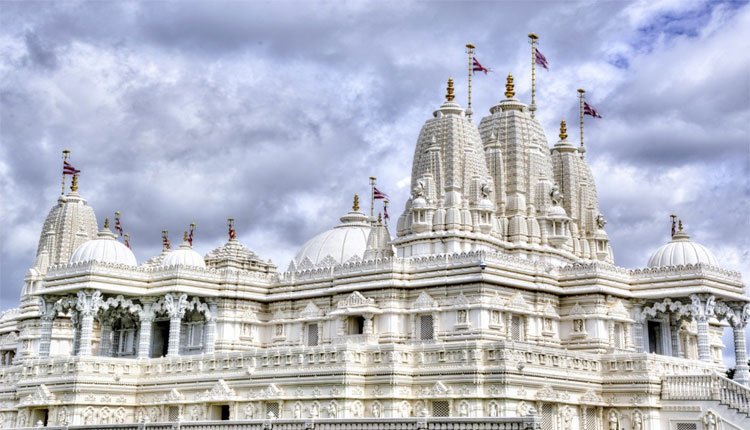Lahore: Reports have emerged highlighting the ongoing targeting of Hindu temples in Pakistan, reflecting a stark decline in the number of these sacred sites since the country’s independence. At the time of Pakistan’s formation in 1947, the number of Hindu temples was considerably high. However, the present scenario paints a grim picture, with only a fraction of these temples still standing.
According to Pakistan Hindu Rights, 428 temples existed across Pakistan at the time of Partition. However, by 1990, 408 of these temples had been converted by the government into hotels, schools, or madrasas. This leaves a mere 22 temples remaining in the country today.
Specific examples illustrate the extent of this decline. In Dara Ismail Khan, the Kalibari temple has been replaced by the Taj Mahal Hotel, while a Hindu temple in Pakhtunkhwa has been entirely destroyed. In Kohat, a Shiva temple has been repurposed into a school. The Sindh region of Pakistan currently holds the highest number of surviving temples, with 11 still in existence, followed by Punjab and Pakhtunkhwa, each with four temples, and Balochistan with three.
In 2020, a team of archaeologists from Pakistan and Italy uncovered a 1,300-year-old temple in the Swat district of northwest Pakistan. This ancient site, believed to be dedicated to Lord Vishnu, provides a rare glimpse into the historical presence of Hinduism in the region.
Despite the dwindling number of temples, the Hindu community, which constitutes approximately 3.8 million of Pakistan’s 240 million population, continues to celebrate their religious festivals with great fervour. Festivals such as Diwali, Karva Chauth, Shivratri, Dussehra, Holi, and Navratri are observed with full devotion, often featuring gatherings for bhajans, bhandaras, and other communal events.
The rapid decrease in the number of temples underscores the challenges faced by the Hindu community in Pakistan and raises concerns about the preservation of their cultural and religious heritage.



Comments are closed.